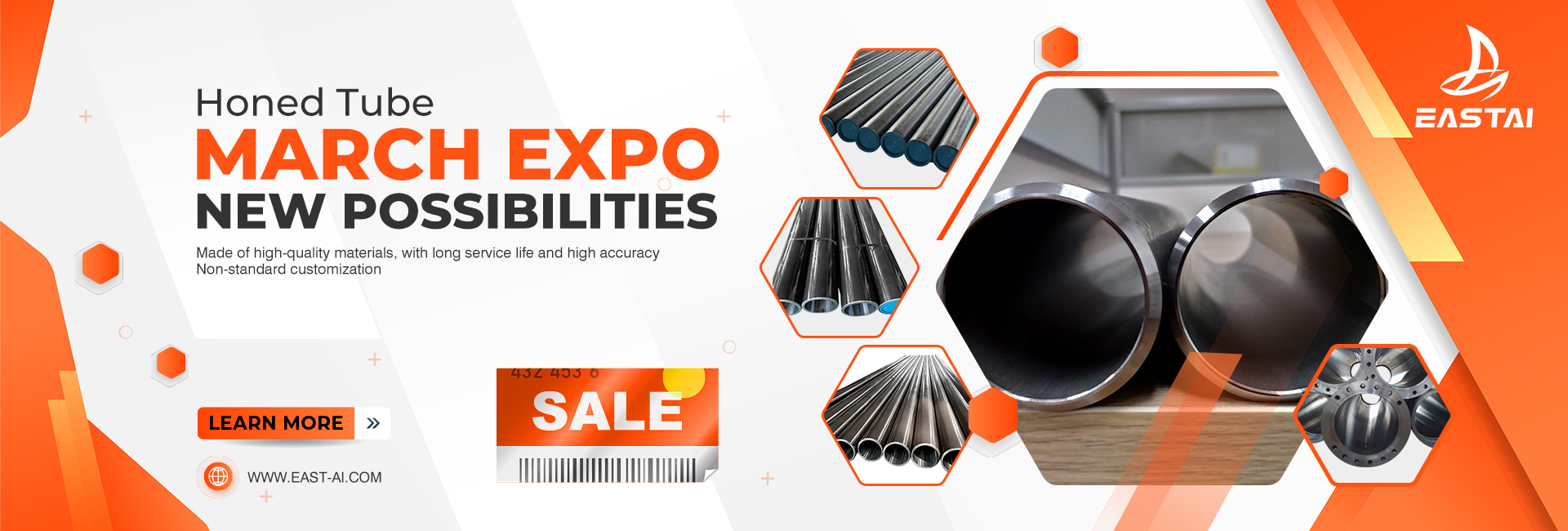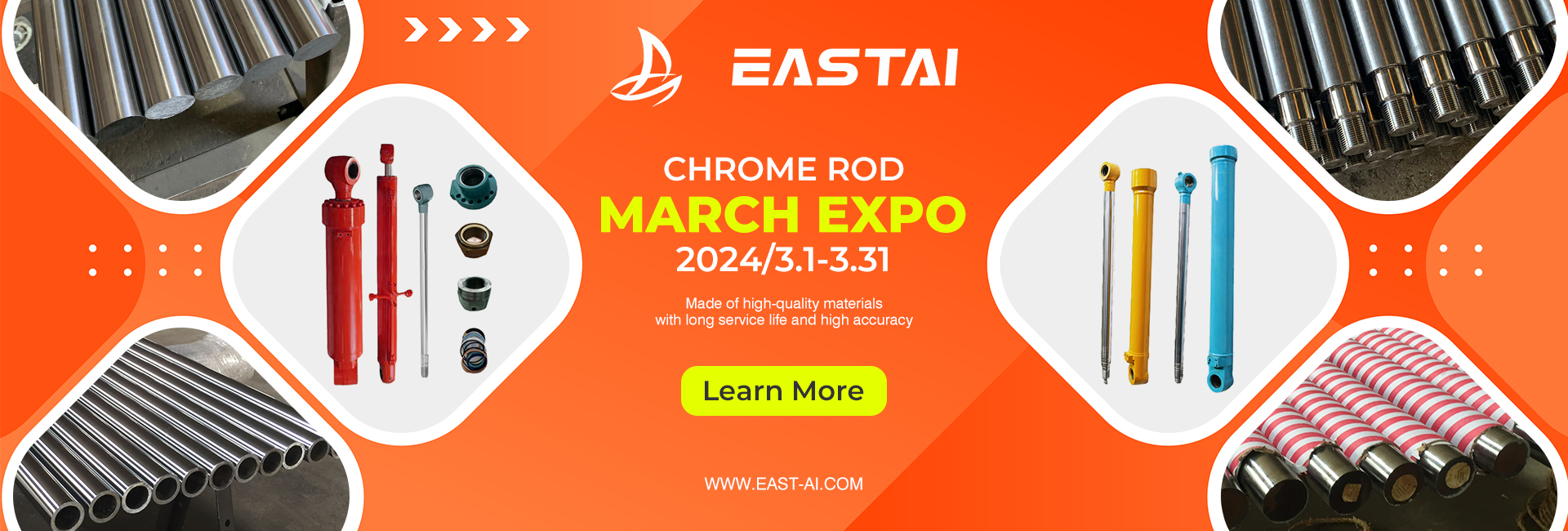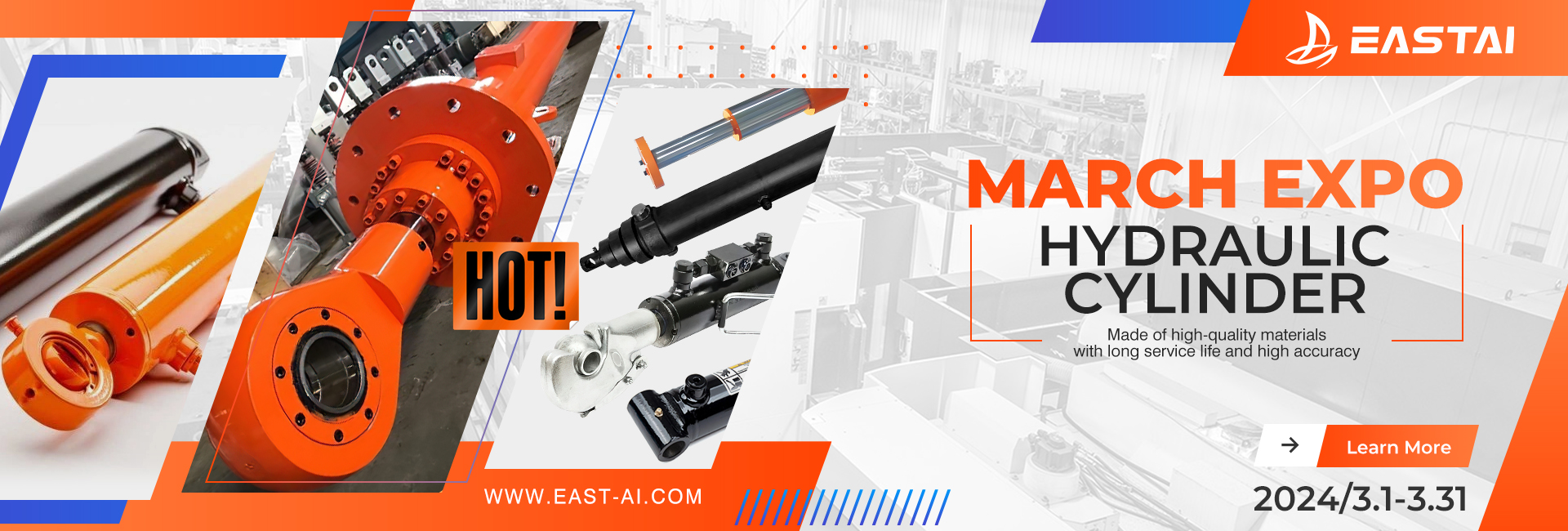Hydraulic rams, pivotal hydraulic components in modern engineering and mechanical industries, are instrumental in power transmission. This comprehensive article delves into the principles, applications, and technological advancements of hydraulic rams, underscoring their critical role across various sectors.
Understanding Hydraulic Rams: Principles and Mechanism
Hydraulic rams, designed to harness fluid pressure for power transfer, consist of cylinders, pistons, sealing elements, and hydraulic fluid. As hydraulic fluid is pumped into the cylinder, the piston moves, generating linear motion or powering mechanical devices. The working principle relies on Pascal’s law, which exploits the incompressible nature of fluids for efficient operation.
Applications and Performance Analysis in Engineering Machinery
Hydraulic rams find wide-ranging applications in diverse engineering machinery, including excavators, bulldozers, and cranes. Among these, excavators are exemplary in showcasing hydraulic rams’ capabilities. These components enable intricate functions, such as extending arms, booms, and buckets, significantly enhancing excavation tasks’ complexity and efficiency. The superior advantages of hydraulic rams lie in their high output force, smooth operation, and precise control, contributing to improved machinery performance.
Evolution and Advancements in Hydraulic Rams
The historical journey of hydraulic rams traces back to the early stages of hydraulics. Over time, hydraulic rams have witnessed multiple stages of evolution, transitioning from rudimentary hydraulic devices to modern, high-performance hydraulic systems. Recent advancements focus on innovative sealing elements, superior materials, and optimized structural designs. Enhanced sealing elements effectively reduce leakage, thereby improving system efficiency, while stronger materials and optimized structures ensure reliability even under intense conditions.
Exploring Novel Applications in Medical Devices and Agricultural Machinery
Hydraulic ram technology transcends beyond engineering, showcasing innovative applications in medical devices and agricultural machinery. In the medical realm, hydraulic rams are vital components in medical beds, surgical tables, and other equipment, facilitating precise adjustments and motion control for heightened surgical safety and improved medical outcomes. In agriculture, hydraulic rams power agricultural machinery, such as smart farm equipment and irrigation systems, substantially enhancing agricultural productivity and automation.
Addressing Environmental Impact and Promoting Sustainability
While playing a pivotal role in engineering and mechanical fields, the production and usage of hydraulic rams entail environmental implications. Hydraulic systems consume substantial hydraulic fluid, some of which may contain harmful components. Additionally, leakage concerns and energy consumption pose environmental challenges. To foster sustainability, proactive measures are necessary to minimize environmental impact. Implementing effective maintenance practices, enhancing energy efficiency, and adopting environmentally-friendly hydraulic fluids are crucial steps toward environmental stewardship.
Future Prospects and Overcoming Challenges in Hydraulic Ram Technology
Looking ahead, hydraulic ram technology will continue to evolve. As automation and intelligent technologies advance, hydraulic rams will increasingly integrate with electronic controls and sensor technologies, creating more sophisticated hydraulic systems capable of precise and efficient motion control. However, the technology faces challenges, such as optimizing energy efficiency and developing eco-friendly hydraulic fluids. The industry’s commitment to continuous exploration and innovation will pave the way for overcoming these challenges and shaping the future of hydraulic ram technology.
Hydraulic rams remain indispensable as core components of hydraulic systems in various industries. By optimizing content quality, providing in-depth insights, and addressing SEO considerations, this article aims to inform and engage readers while improving search engine visibility and attracting valuable traffic.
Post time: Jul-20-2023




